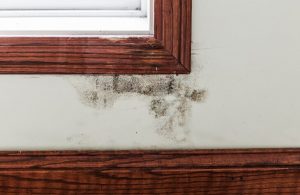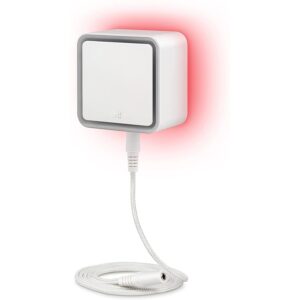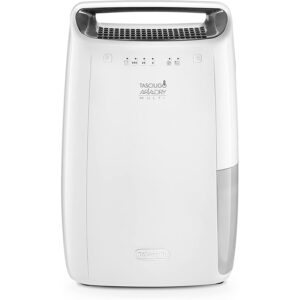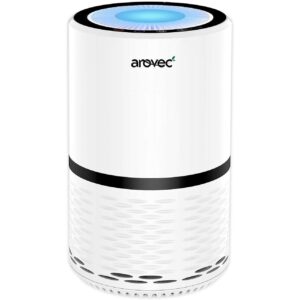You’ve probably heard about the dangers of black mould, an alleged silent killer that hides in water damage and ceiling tiles. But what is black mould? And is it dangerous?
Black mould, or Stachybotrys chartarum, surfaces as blackish-green spots or blemishes. It lives on moist, cellulose-rich surfaces like plasterboard and wood. Black mould is most attracted to moisture, which is why it lives in previously-flooded homes, leaky pipe areas, or anywhere with water damage.




